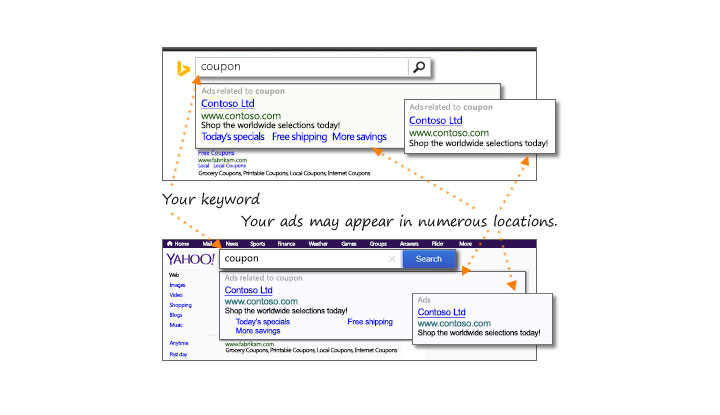
Let’s say you are familiar with the basics of pay per click (PPC) marketing, and you’ve starting to see targeted website traffic increase as a result of your newly implemented PPC strategies. Your success will likely have been mixed. You will already know that, for a small business, every single click counts, and you have to ensure you are maximizing the ROI of your advertising efforts. However, the problem is this: without transparent data, and thorough analysis, PPC waters are murky.
There are many ways to advertise your business, and you have to spend your marketing wisely. So, here is a simple tip to follow that will help you make sure every cent that you spend on PPC has the potential to help drive your business forward.
A Key Driver for PPC Success
There is an abundance of software and tools available to track where, when, and how you get every single click onto your company website. What many people don’t realize is how important timing is when it comes to your PPC campaigns. By knowing what time of day, or day of the week, you get the highest ratio of productive clicks you will be able to figure out where and when to focus the lion’s share of your PPC advertising budget, when to draw back, or even turn off your campaigns.
The most used traffic analysis tool is of course Google Analytics. With analytics you can display data from specific times of day, and days of the week, to break down your traffic information into the most transparent data view for analysis. For example, you can set the program to present traffic information from 10 to 11 am Monday through Friday. You can then figure out which days of the week and times of the day are the most productive.
Don’t fall into the click volume trap. Quantity of clicks does not equal productivity. Productivity is how much you earn per unit of advertising spend. The psychology of your visitors is crucial in this regard. A key part of this psychology is why they are searching online for your products or services. Consider: Are they at work and just killing time surfing around? Or, are they using their smartphones looking for a solution to a problem right now?
You should not only be mindful of the time of day, the device being used to search, keywords and so on, but also where people are clicking from. Don’t forget to factor in visitors from different time zones. Many small business PPC newbies turn off their campaigns when they are not monitoring them outside of work hours. This could mean missing a rich vein of potential prospects actively buying in the evenings or from different time zones. You could also be missing out on a time when competition is lower, and clicks are cheaper.
Not All PPC Are Created Equal
When running your company’s PPC campaigns analyze conversions using the Google Analytics conversion tracker, or a similar tool. Get focused on profit. Don’t make judgment calls on just a few visitors, as they may not actually reflect a trend; the bigger the sample the more reliable your data. Run a larger campaign with a view to throttling back and focusing in on certain times of the day and certain keywords. Alternatively, start with a logical hypothesis about when will be most productive and test it.
The take home here is really to ensure that you are aware that not all times of the day are equal, that ad scheduling should be different for different products, services, sectors and territories, and that you need to get close to the data to get your campaigns as efficient as they can be.
This article has been edited and condensed.
Jacob Baadsgaard is the CEO of Disruptive Advertising. He is a passionate digital marketer and entrepreneur with 7 years of enterprise digital marketing experience. He personally managed over 40 million dollars in annual marketing budget and consulted many of the Inc. 100 companies while at Adobe, including groups like: GE, John Deere, Citibank and Home Depot. Connect with @DisruptiveAds on Twitter.
© YFS Magazine. All Rights Reserved. Copying prohibited. All material is protected by U.S. and international copyright laws. Unauthorized reproduction or distribution of this material is prohibited. Sharing of this material under Attribution-NonCommercial-NoDerivatives 4.0 International terms, listed here, is permitted.













